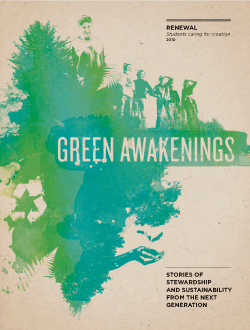by Rima Mulla, Communications Associate, Second Nature
Second Nature President Anthony Cortese and Senior Fellow Georges Dyerdiscuss “The Campus as Living Laboratory” in their latest web article for Fast Company’s Inspired Ethonomics series. They cite examples of institutions already benefiting from having adopted sustainable practices in their operations, and point to resources developed by Second Nature to move the higher education sector in this direction. Two of the resources highlighted were the Case for Investing in Improved Energy Performance on Campus document, developed in conjunction with the Clinton Climate Initiative, and theCampusGreenBuilder.com web portal, produced by our Advancing Green Building in Higher Education team, which helps under-resourced and minority-serving institutions build green.
Read more




 Bill Gates gave a
Bill Gates gave a  On January 21, 2010, I joined a wonderful group of colleagues to present a workshop “A New Generation of Sustainability Leadership: The Role of Higher Education in Building a Green Economy” at the
On January 21, 2010, I joined a wonderful group of colleagues to present a workshop “A New Generation of Sustainability Leadership: The Role of Higher Education in Building a Green Economy” at the